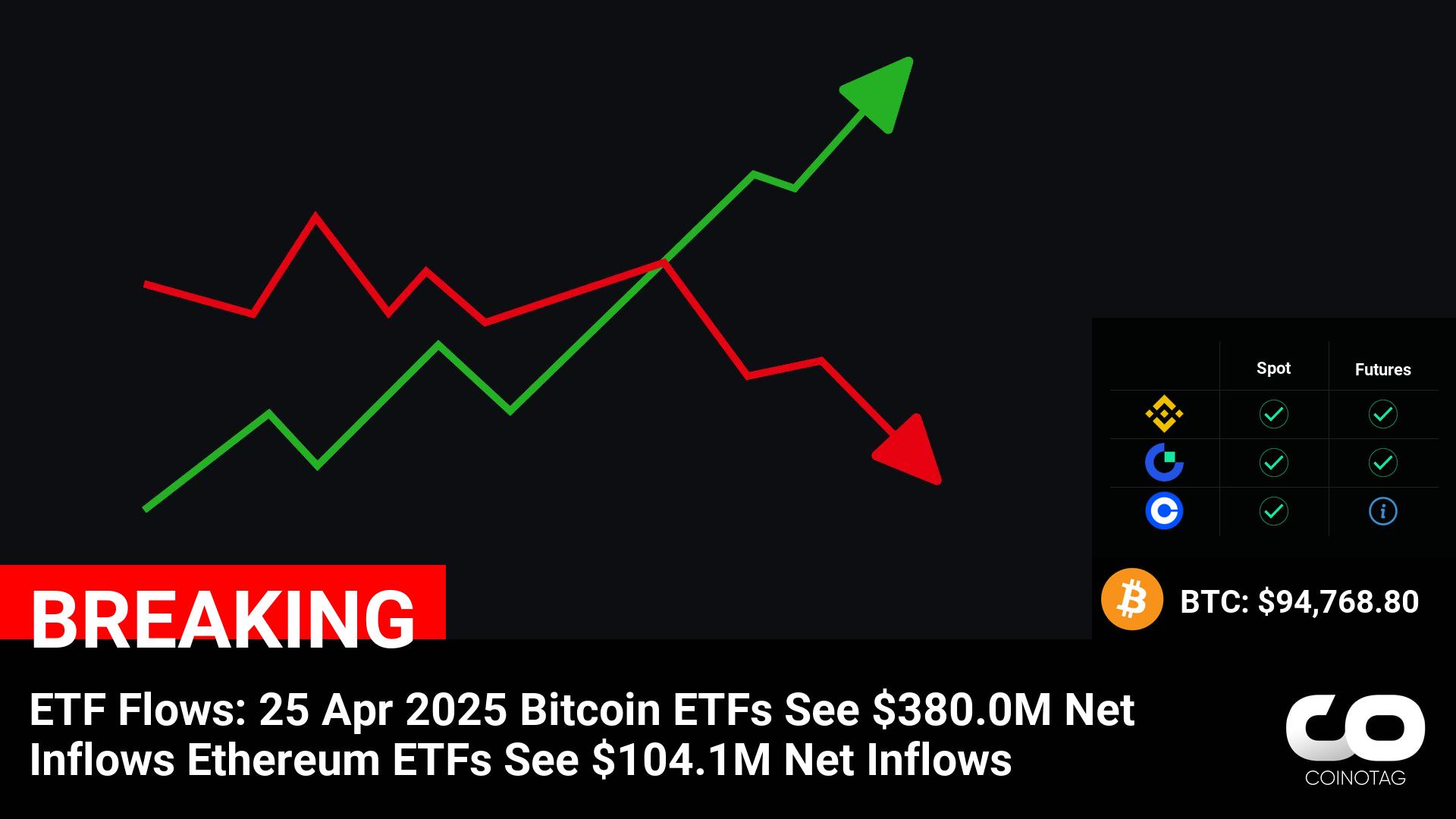
Dogecoin’s current consolidation within a symmetrical triangle pattern means its price could go either way. This is stirring indecision among investors. The market is always moving, and people always talk about the best cryptocurrency to invest in. Can DOGE maintain its stability, or do newer altcoins like 1Fuel (OFT) offer better growth potential? As Dogecoin retains the number one meme-coin legacy, 1Fuel is gaining traction with cutting-edge features and seamless cross-chain functionality. During 1Fuel’s ongoing presale alone, early investors could see returns of 500% or more! Could this be the shift the market is waiting for? Dogecoin’s price movement: What’s happening? DOGE is currently in a consolidation phase. This is the pattern that often occurs before the price either goes up or down. This technical setup creates tension between buyers and sellers. No one knows for sure if Dogecoin will rise or fall. DOGE is sitting comfortably at $0.31, a position that reflects its resilience despite broader market fluctuations. Analysts indicate that DOGE’s increased volume and growing market sentiment are key triggers for a price breakout. Unlike 1Fuel that offers real-world uses like cross-chain compatibility off the bat, Dogecoin’s utility remains largely tied to social hype and speculative trading. DOGE may be attractive to short-term traders while 1Fuel could appeal to investors looking for seamless crypto transfers without managing multiple wallets. What’s driving DOGE and 1Fuel trends? For a pioneer memecoin like DOGE, there are several factors that keep it relevant even to this day. First, Dogecoin has some serious whale activity in play. These are large holders with wallets of up to 250 million DOGE. Dogecoin’s meme status and multiple endorsements from different celebrities are some of the things that keep it at the top of crypto conversations. The token often has symmetrical triangles that signal large price swings. Experienced traders have the flexibility to go long or short based on their market analysis. 1Fuel, on the other hand, is a new altcoin making waves with over $850k done in its ongoing presale stage. This token makes it seamless to transfer across different blockchains, eliminating the need for multiple wallets. All these are at the lowest possible fees. 1Fuel holders can enjoy staking rewards of up to 30% APR. This means you can earn passive income just by holding 1Fuel, turning your investment into a continuous revenue stream. DOGE vs. 1Fuel—Which is better for long-term investment? For which token is the best cryptocurrency to invest in, we believe that depends on each investor. Dogecoin’s longevity and mainstream recognition are an asset. However, it lacks advanced features like smart contracts or cross-chain capabilities. This makes it open to competition from utility-driven tokens like 1Fuel. On the plus side for DOGE, it’s starting to get accepted by major brands for payments. Adding its active community backed by Elon Musk, Dogecoin is a top contender for the best cryptocurrencies to buy today. But if you’re an investor looking for functional features and scalability. 1Fuel is your go-to coin. Conclusion Dogecoin’s possible breakout up or down keeps investors asking about its long-term competitiveness. Meanwhile, 1Fuel is coming in from another angle, focusing on cross-chain compatibility, efficiency, and scalability. If you’re looking for fast gains, DOGE remains attractive. However, if you’re looking for tokens that solve actual problems, 1Fuel’s focus on solving blockchain inefficiencies positions it as one of the best cryptocurrencies to buy. We keep watching the markets. Will meme coins or utility tokens dominate? In the meantime, join the ongoing 1Fuel presale here: Official Website: www.1FUEL.io Whitepaper: Download Now Join the Presale: Secure Your Tokens Disclosure: This is a sponsored press release. Please do your research before buying any cryptocurrency or investing in any projects. Read the full disclosure here .
NullTx
You can visit the page to read the article.
Source: NullTx
Disclaimer: The opinion expressed here is not investment advice – it is provided for informational purposes only. It does not necessarily reflect the opinion of BitMaden. Every investment and all trading involves risk, so you should always perform your own research prior to making decisions. We do not recommend investing money you cannot afford to lose.
$198M Crypto Mirage? SEC Targets AI Trading Kingpin in Global Ponzi Uprising

A $198 million crypto fraud empire disguised as AI trading has been unraveled, exposing a luxury-fueled Ponzi scheme that spanned the globe. AI Autotrader or Smoke and Mirrors? The SEC Exposes What PGI Really Was The U.S. Securities and Exchange Commission (SEC) announced on April 22 that it has charged Ramil Palafox, founder of PGI NullTx

Senator Lummis Critiques Fed’s Withdrawal of Crypto Guidance
Senator Lummis criticizes the Fed`s withdrawal of crypto guidance. She highlights the need for more equitable regulations in the sector. Continue Reading: Senator Lummis Critiques Fed’s Withdrawal of Crypto Guidance The post Senator Lummis Critiques Fed’s Withdrawal of Crypto Guidance appeared first on COINTURK NEWS . NullTx











